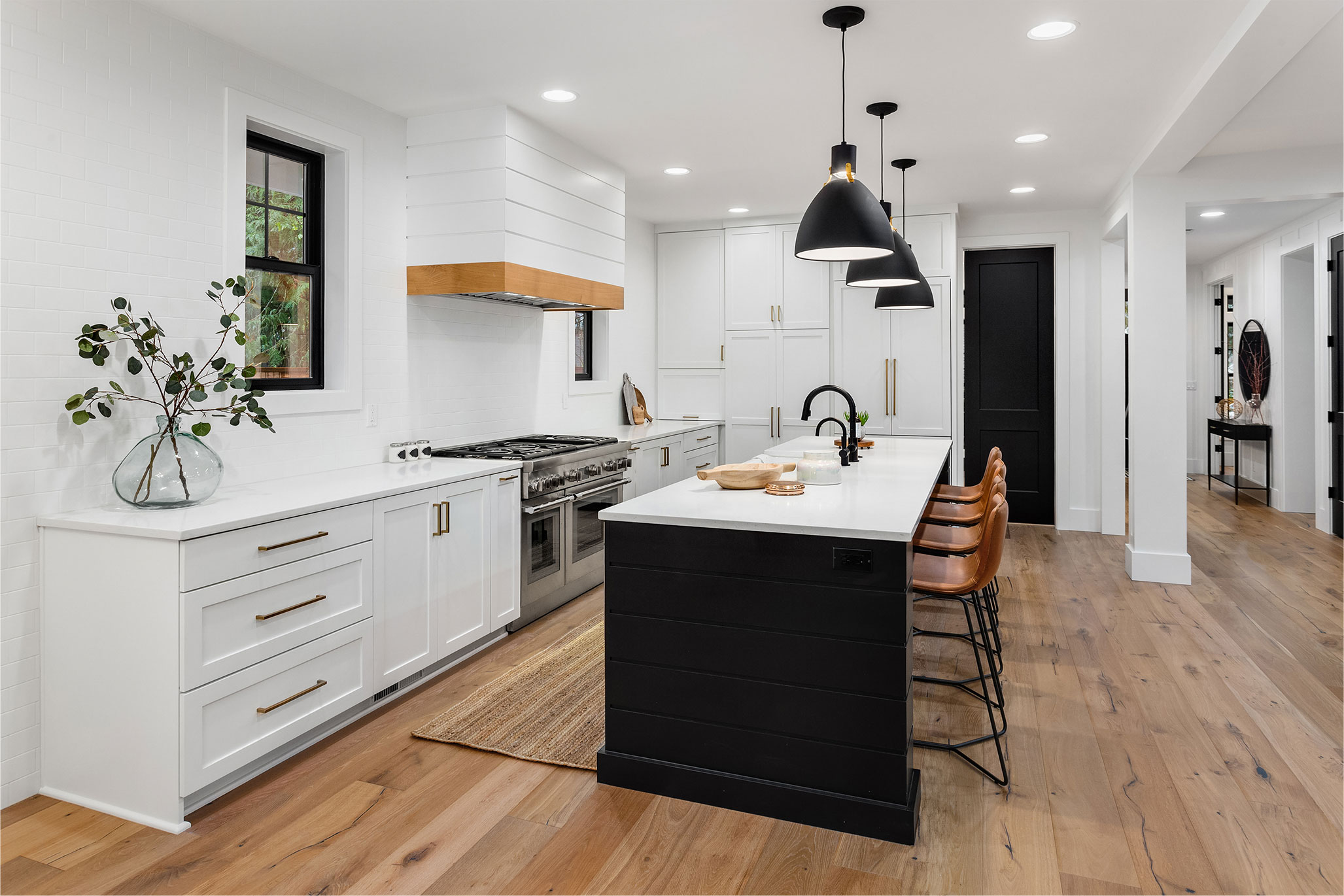Imagine this: A qualified tenant wants to move into your property—but only for six months because of a work contract. Do you turn them away or adapt your lease terms to accommodate them?
In today’s fast-paced, ever-changing world, flexibility is no longer just a nice option—it’s what tenants expect. As the rental market evolves, landlords who stick to rigid, long-term leasing may find themselves struggling to keep up with shifting demands.
Welcome to the future of leasing, where adaptability isn’t just an edge—it’s the new standard.
Why the Shift Toward Flexible Leasing?
_1.png)
More renters today are looking for lease options that fit their lifestyle. Remote workers, digital nomads, students, traveling professionals, and even families in transition often need short-term or adjustable leasing options.
Here are a few trends shaping this shift:
- Remote work culture: More people are on the move, choosing to live in different cities for months at a time.
- Economic uncertainty: Job changes, inflation, and personal life shifts make long-term commitments difficult.
- Lifestyle preferences: Many younger renters prioritize freedom and flexibility over permanence.
Key Benefits of Offering Flexible Lease Terms
1. Higher Occupancy Rates
Shorter leases mean more tenants cycling through your property—but if managed properly, you reduce vacancy periods and keep income flowing._1.png)
2. Expanded Tenant Pool
You're not just catering to traditional renters—you’re welcoming professionals on short contracts, travelers, and even local residents between home purchases.
_1.png)
3. Competitive Edge
Many landlords still stick with 12-month minimums. Offering alternatives makes your property stand out.
_2.png)
Types of Flexible Lease Options to Consider
- Month-to-Month Leasing: Great for tenants who need temporary housing and for landlords who want adaptability.
- 3–6 Month Leases: A sweet spot for traveling workers, students, or families in transition.
- Custom Lease End Dates: Allow lease end dates that don’t always follow the calendar year. This prevents peak vacancy overlaps.
Tips for Successfully Managing Flexible Leasing
✅ Set Clear Terms
Even flexible leases need solid legal backing. Be clear about notice periods, rent rates, and renewal options.
✅ Adjust Pricing Accordingly
Shorter leases can carry slightly higher rent to compensate for higher turnover or added management time.
✅ Use a Property Manager
More tenants and frequent turnovers require strong systems. A property management company like Rent Easy Nola can streamline the process—from marketing to maintenance to tenant screening.
✅ Offer Furnished Options
For short-term leases, consider partially or fully furnishing your units. This makes your property more attractive to those needing immediate, move-in-ready housing._1.png)
Final Thoughts
Adapt Now, Benefit Long-Term
The future of leasing is flexible, and the landlords who embrace this shift now will be the ones who thrive. By adjusting your strategy today, you're opening your doors to more opportunities, higher occupancy, and happier tenants.
_1.png)
Want help making your leasing terms work smarter for you?
Let the experts at Rent Easy Nola guide you through offering flexible lease options that suit your property and your goals.
📍 Visit us at 132 Terra Bella Blvd, Covington, LA 70433
📞 Call +1 (985) 710-3356
📧 Or email us at info@renteasynola.com
We’re here to help you lease smarter, not harder.


.png)